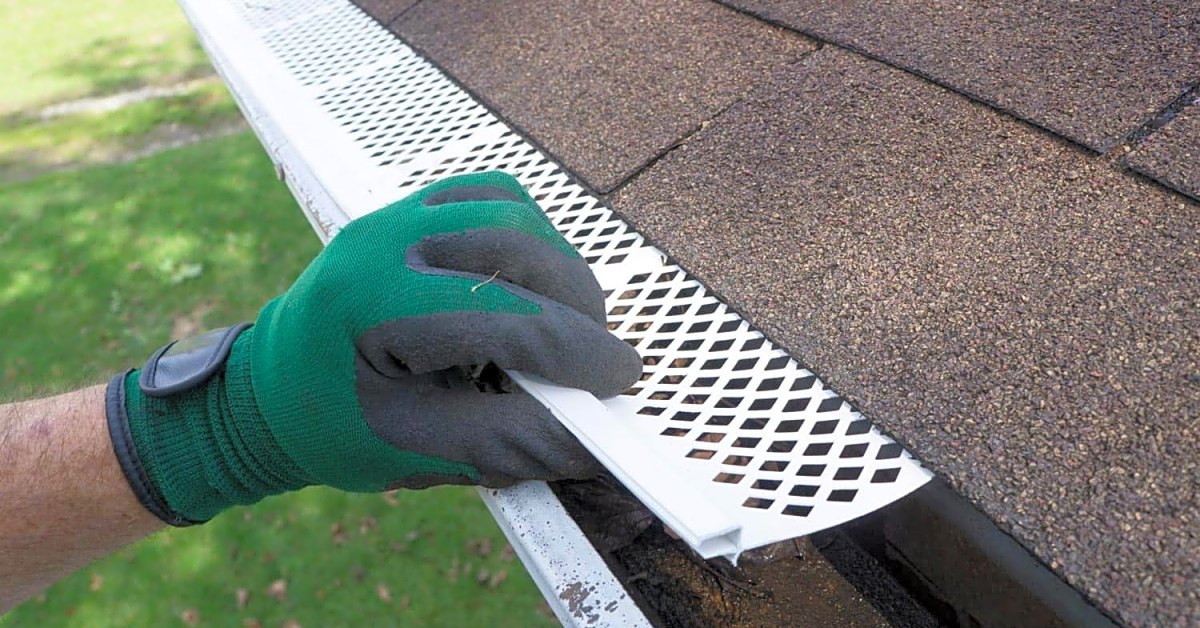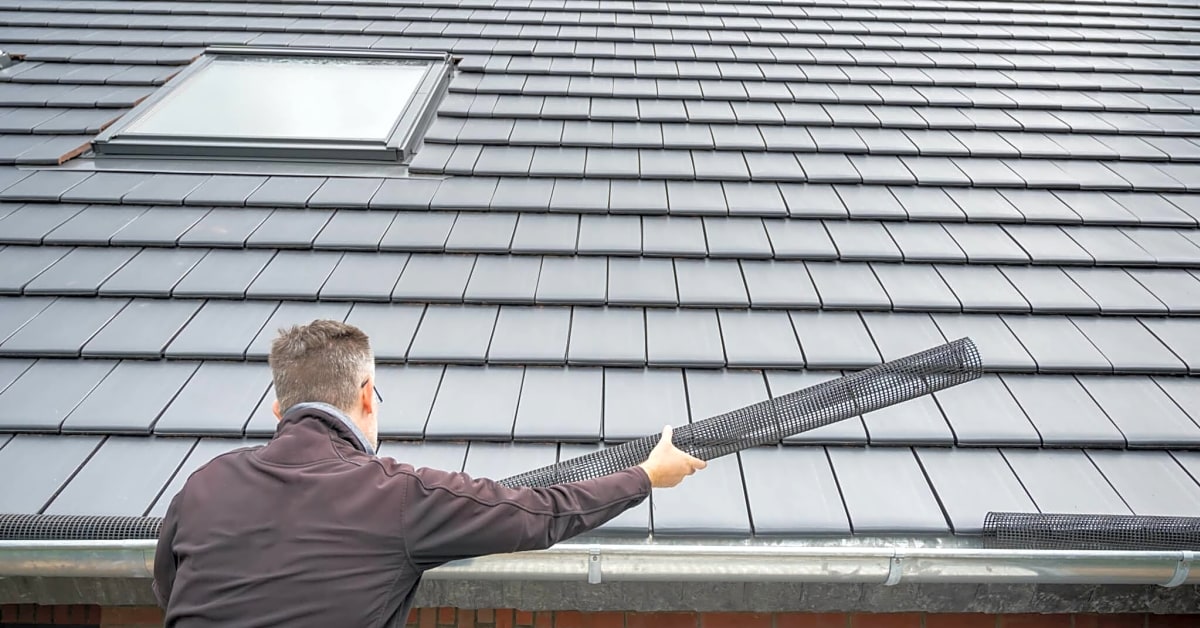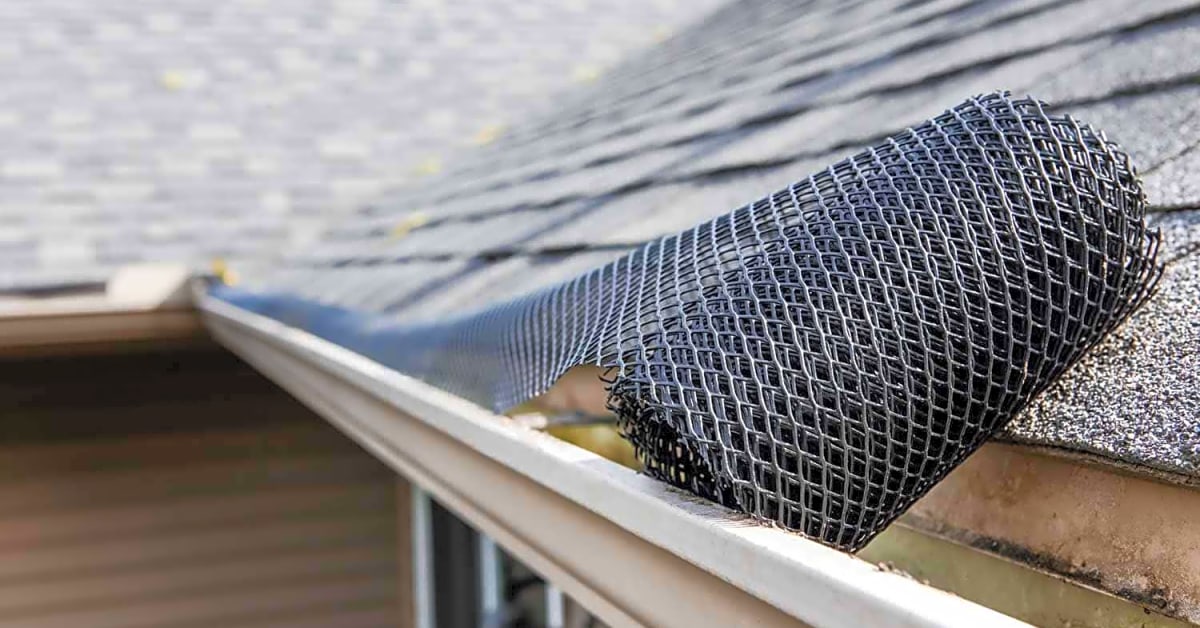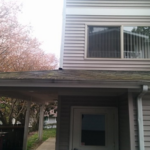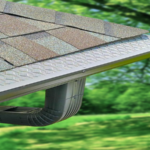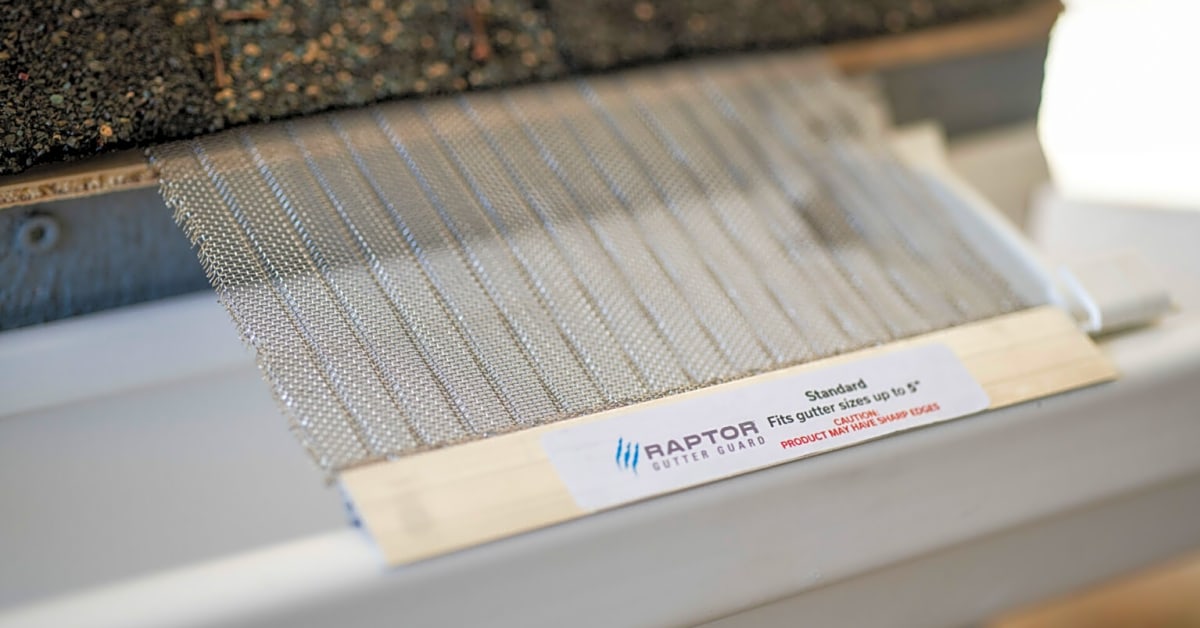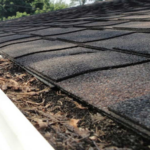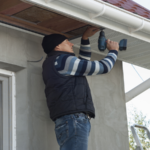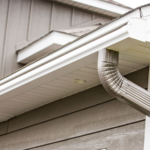Are you tired of constantly cleaning your gutters? Or maybe you’re worried about the potential damage clogged gutters can cause to your home? If so, you may be considering installing DIY gutter guards. These simple and affordable options are designed to keep debris out of your gutters, making maintenance a breeze. But before you jump on the DIY bandwagon, it’s important to weigh the pros and cons. In this article, we’ll take an in-depth look at the benefits and drawbacks of DIY gutter guards, and help you decide if they’re the right choice for your home. So sit back, relax, and let us guide you through the world of DIY gutter guard options.In this article, we will explore the different options for DIY gutter guards and discuss the pros and cons of each. When it comes to protecting your home from water damage, having a reliable gutter system is crucial. However, traditional gutter guards can be expensive to install and often require professional maintenance. This is where DIY gutter guards come into play, providing an affordable and customizable solution for homeowners. Let’s dive into the various types of DIY gutter guards and weigh the benefits and drawbacks of each option.First, let’s discuss mesh gutter guards. These types of guards are made up of a fine metal mesh that is placed over the top of your gutters. The mesh allows water to flow through while keeping debris out. One of the main advantages of mesh gutter guards is their affordability and easy installation process. You can purchase them in bulk and install them yourself, saving you money on professional installation fees. However, one drawback of mesh guards is that they can become clogged with fine debris such as pine needles or shingle grit, leading to potential water overflow.Next, we have foam gutter guards. These are made of a porous foam material that fits into your gutters and prevents debris from entering while allowing water to pass through. One of the main benefits of foam gutter guards is their ability to adapt to different gutter sizes and shapes, making them a versatile option for DIY installation. They are also relatively inexpensive and can be reused after cleaning. However, one drawback is that they may not be as durable as other options and can become damaged by harsh weather conditions.Another option to consider is brush gutter guards, which consist of bristles that are placed in the gutters to prevent debris from entering. They are easy to install and can withstand heavy rain and snow. However, they may not be as effective in blocking smaller debris such as seeds or pollen. Additionally, brush guards may need frequent cleaning and replacement as the bristles can become worn out over time.Last but not least, we have perforated gutter guards, which are made of aluminum or vinyl with small holes that allow water to enter while keeping debris out. These guards are known for their durability and ability to withstand harsh weather conditions. They also have a low-profile design, making them almost invisible from the ground. However, one drawback is that they can be more expensive than other DIY options and may require professional installation.In conclusion, DIY gutter guards offer a budget-friendly and customizable solution for protecting your gutters and home from water damage. Whether you choose mesh, foam, brush, or perforated guards, each option has its own set of pros and cons to consider. It’s important to assess your specific needs and budget before making a decision. With this knowledge in hand, you can confidently choose the best DIY gutter guard option for your home. Happy DIYing!
Covers or Screens: Which is Better?
When it comes to gutter guards, there are two main types to consider: covers and screens. Each has its own benefits and drawbacks.
DIY vs Professional Installation
One of the biggest questions when it comes to gutter guards is whether to install them yourself or hire a professional. There are pros and cons to both options.
Saving Money with DIY Gutter Guards
When it comes to protecting your home from water damage, gutter guards are a wise investment. They prevent clogs and blockages, ensuring that rainwater flows smoothly through your gutters and away from your home’s foundation. While there are many professional installation options available, some homeowners may be tempted to save money by opting for DIY gutter guards.
One of the main reasons people consider DIY gutter guards is to save money. By purchasing materials and installing the guards themselves, homeowners can potentially cut costs compared to hiring a professional. However, it’s important to consider whether this cost-saving measure is truly beneficial in the long run.
Firstly, DIY gutter guards may not be as effective as professionally installed ones. Improper installation or using low-quality materials can lead to gaps or breaks in the guards, allowing debris to enter and clog your gutters. This can result in costly repairs down the line, negating any initial cost savings.
Additionally, professional installation often comes with a warranty or guarantee, giving homeowners peace of mind knowing that any issues will be taken care of. With DIY gutter guards, any problems that arise will have to be dealt with by the homeowner themselves, adding potential expenses and hassle.
While DIY gutter guards may seem like a cost-effective option at first glance, it’s important to consider the potential drawbacks and long-term costs. Professional installation may come at a higher upfront cost, but it can save you money in the long run by providing reliable and effective protection for your home.
In conclusion, DIY gutter guards can be a great solution for protecting your gutters from leaves and debris while also saving money. However, it’s important to carefully consider the type of gutter guard, installation method, and potential cost savings before making a decision. We hope this article has helped you understand the pros and cons of DIY gutter guards and make an informed choice.
